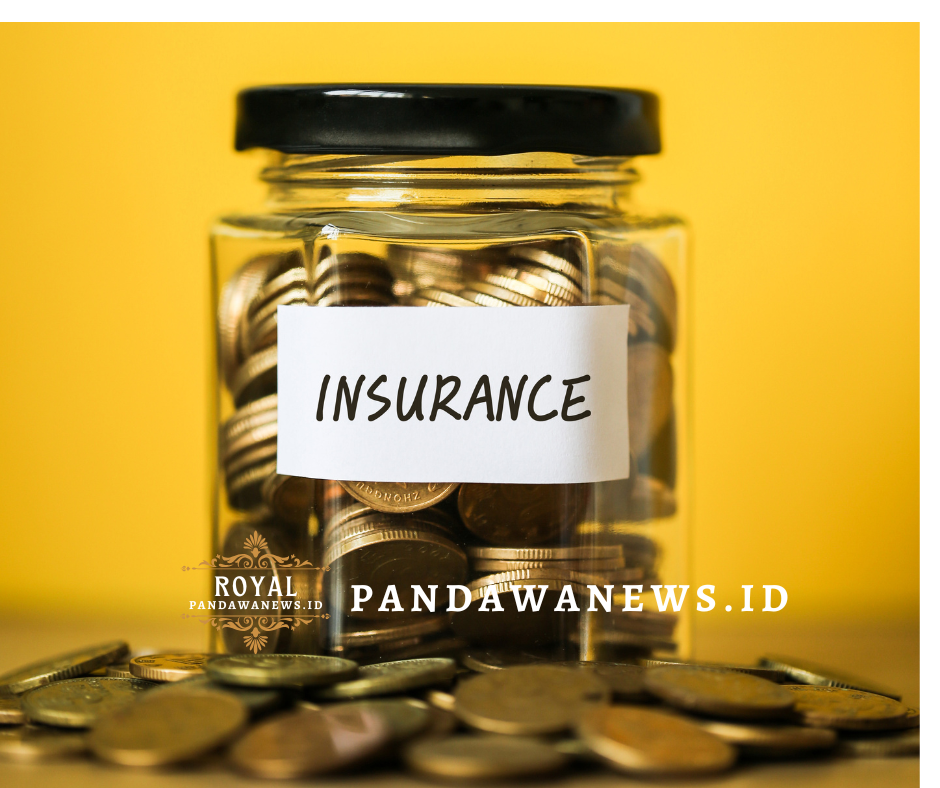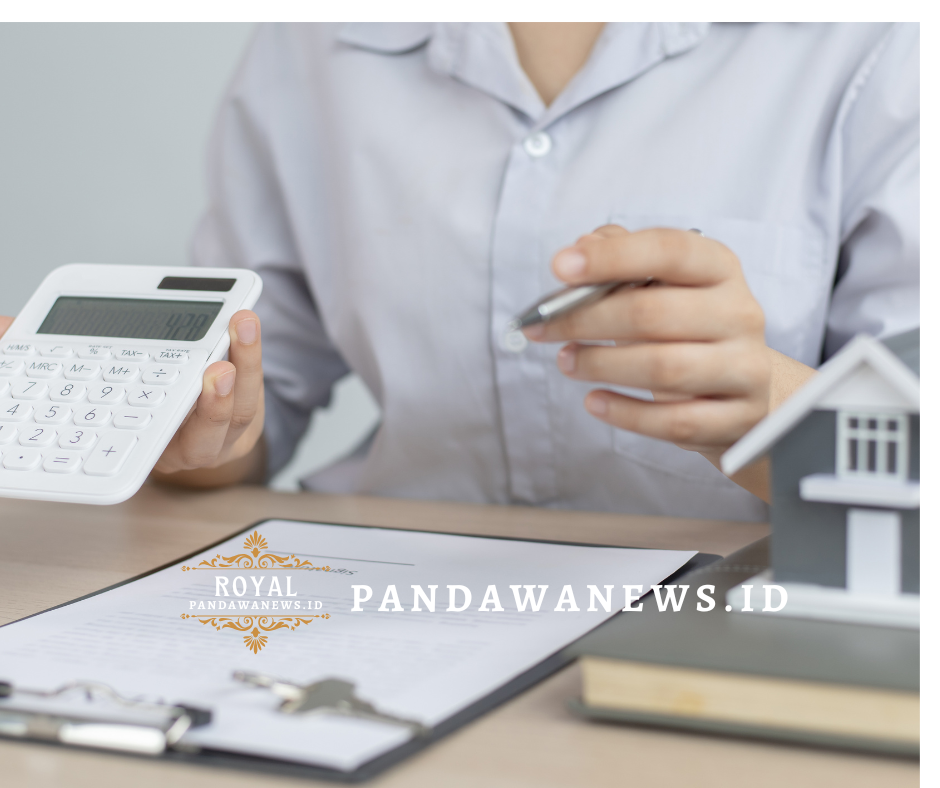Universal life insurance (UL) is a popular form of permanent life insurance that combines lifelong protection with flexible premiums and a cash value component that earns interest. While it offers more freedom than whole life insurance, it also comes with its own set of risks.
Iklan Google AdSense
In this guide, we’ll explore what universal life insurance is, how it works, its pros and cons, and who it’s best suited for.
What Is Universal Life Insurance?
Universal Life Insurance is a type of permanent life coverage that includes both:
Iklan Google AdSense
-
A death benefit for your beneficiaries, and
-
A cash value account that grows with interest.
The defining feature of UL is flexibility: you can adjust your premium payments and death benefit as your financial situation changes.
How Does Universal Life Insurance Work?
Here’s how it operates:
-
Premium Payments
You choose how much to pay (within limits). A portion covers insurance costs, while the rest goes into your cash value account. -
Cash Value Growth
Your policy’s cash value earns interest, often tied to market indexes or set by the insurer. -
Policy Adjustments
Over time, you can increase or decrease your death benefit and adjust your payment frequency—as long as there’s enough cash value to cover the cost of insurance. -
Loans and Withdrawals
You can borrow against or withdraw from your cash value, though this may reduce the death benefit.
Key Features of Universal Life Insurance
| Feature | Description |
|---|---|
| Flexible premiums | You can change how much and when you pay |
| Cash value | Earns interest over time, tax-deferred |
| Adjustable death benefit | Increase or decrease (subject to approval) |
| Loan option | Borrow from cash value |
| Permanent coverage | As long as there’s enough cash to cover costs |
Types of Universal Life Insurance
-
Guaranteed Universal Life (GUL)
-
Fixed premiums
-
No cash value growth focus
-
Ideal for low-cost lifetime protection
-
-
Indexed Universal Life (IUL)
-
Cash value linked to a market index (e.g., S&P 500)
-
Growth potential with downside protection
-
Popular for wealth building
-
-
Variable Universal Life (VUL)
-
Cash value invested in sub-accounts (like mutual funds)
-
Higher growth potential, but riskier
-
Requires active management
-
Pros of Universal Life Insurance
✅ Flexible Payments
Adjust your premiums based on your income and life situation.
✅ Lifelong Protection
Stay covered for your entire life if premiums are paid.
✅ Tax-Deferred Growth
Cash value grows without immediate tax liability.
✅ Potential for Higher Returns
Especially with IUL or VUL, there’s opportunity for better long-term cash value growth.
✅ Policy Loans
Access your cash value without tax penalties.
Cons of Universal Life Insurance
❌ Complex Structure
Understanding how the policy works takes time and guidance.
❌ Cash Value Can Be Affected by Fees
Cost of insurance, admin fees, and market downturns may reduce the value.
❌ Performance Isn’t Guaranteed
With IUL or VUL, returns depend on index or market performance.
❌ Risk of Lapse
If your cash value is too low to cover internal costs, the policy can lapse—even if you stop paying premiums temporarily.
❌ Requires Monitoring
To avoid unexpected costs or lapses, you’ll need to review your policy regularly.
Who Should Consider Universal Life Insurance?
You may benefit from a universal life policy if you:
-
Want flexibility in your coverage and premium structure
-
Have long-term financial goals like estate planning or legacy building
-
Are comfortable actively managing a financial product
-
Want to use it as a wealth-building tool with tax advantages
-
Need permanent coverage but don’t want the rigidity of whole life
When Universal Life May Not Be Right
-
You only need temporary coverage (term life is cheaper)
-
You want a simple insurance solution
-
You have a tight budget
-
You’re uncomfortable with investment risk (especially for VUL/IUL)
Universal Life vs. Other Insurance Types
| Feature | Universal Life (UL) | Whole Life | Term Life |
|---|---|---|---|
| Coverage Length | Lifetime | Lifetime | 10–30 years |
| Premium Flexibility | High | Low | None |
| Cash Value | Yes (variable) | Yes (guaranteed) | No |
| Investment Option | Possible | No | No |
| Cost | Moderate to High | High | Low |
| Risk Level | Medium to High | Low | Very Low |
Final Thoughts
Universal life insurance offers a blend of lifelong protection, investment potential, and premium flexibility. It’s ideal for individuals who want more control over their policy and are comfortable with a bit of complexity.
However, it’s not a one-size-fits-all solution. If you’re looking for simple coverage or have limited funds, you may be better off starting with term life insurance.
Before purchasing, consult with a licensed insurance advisor to ensure a UL policy aligns with your goals, risk tolerance, and financial strategy.
Iklan Bersponsor Google










